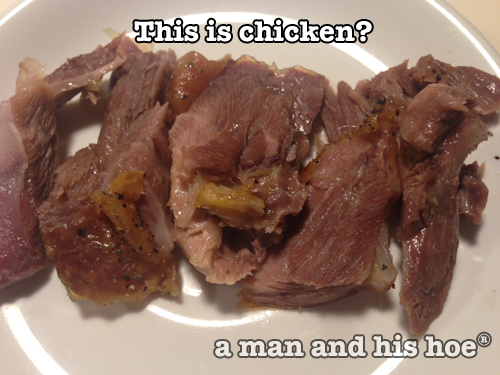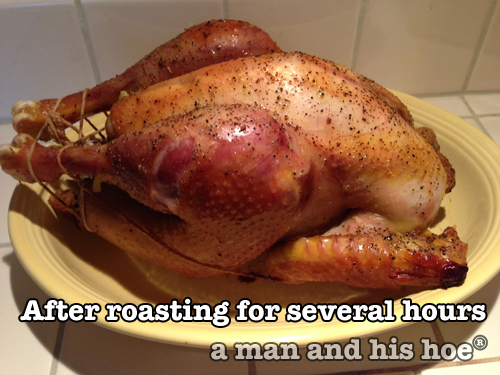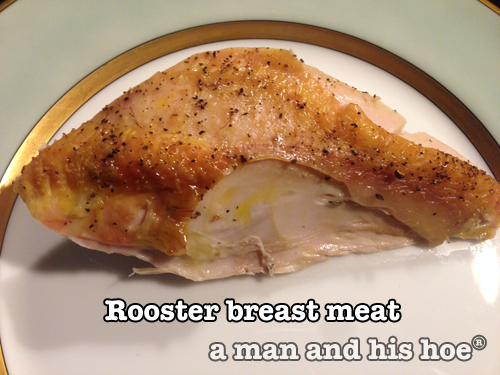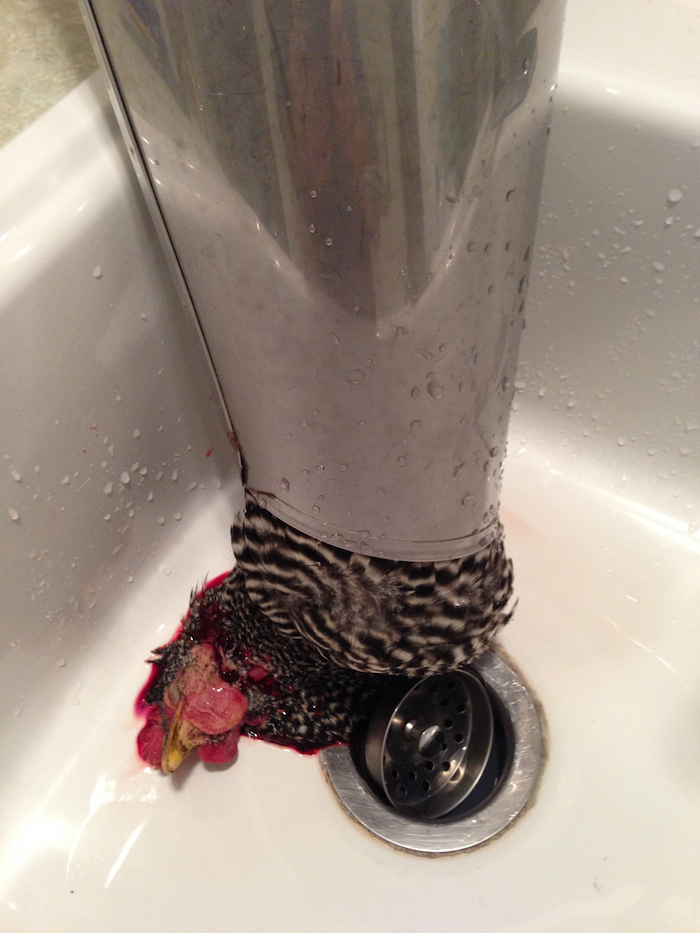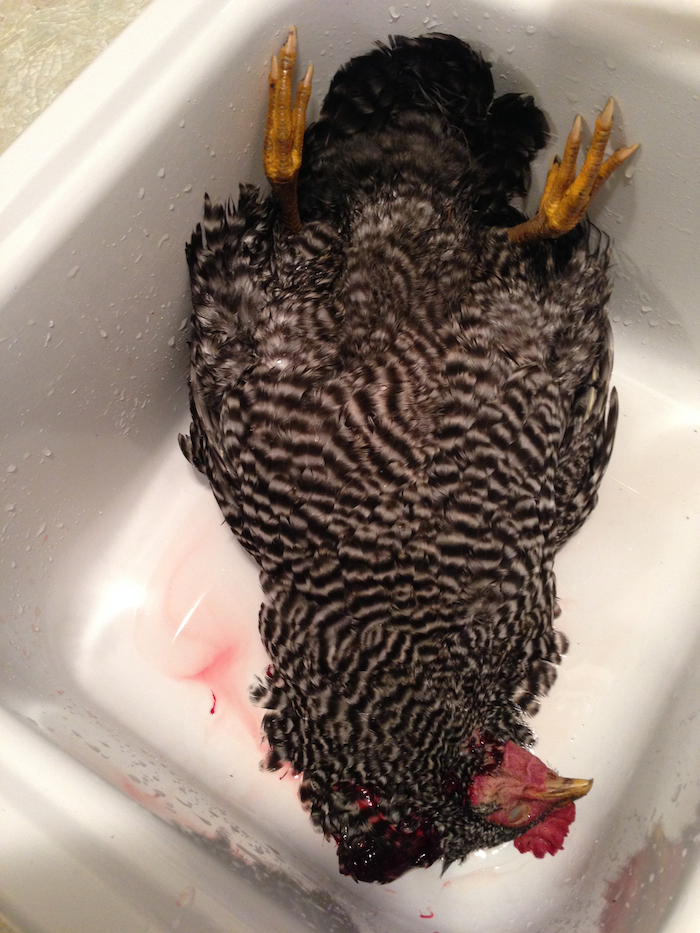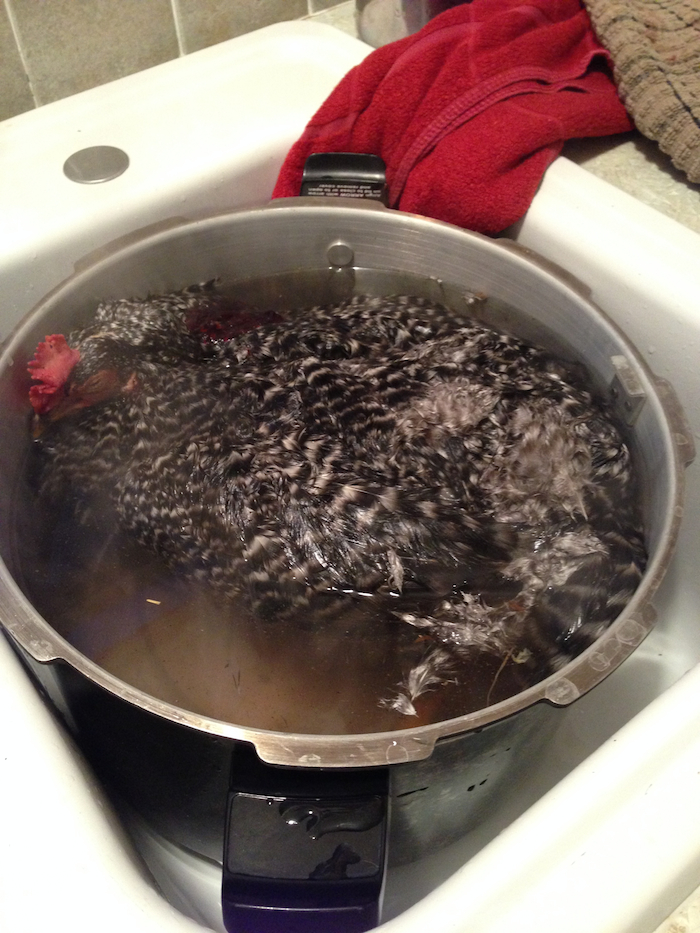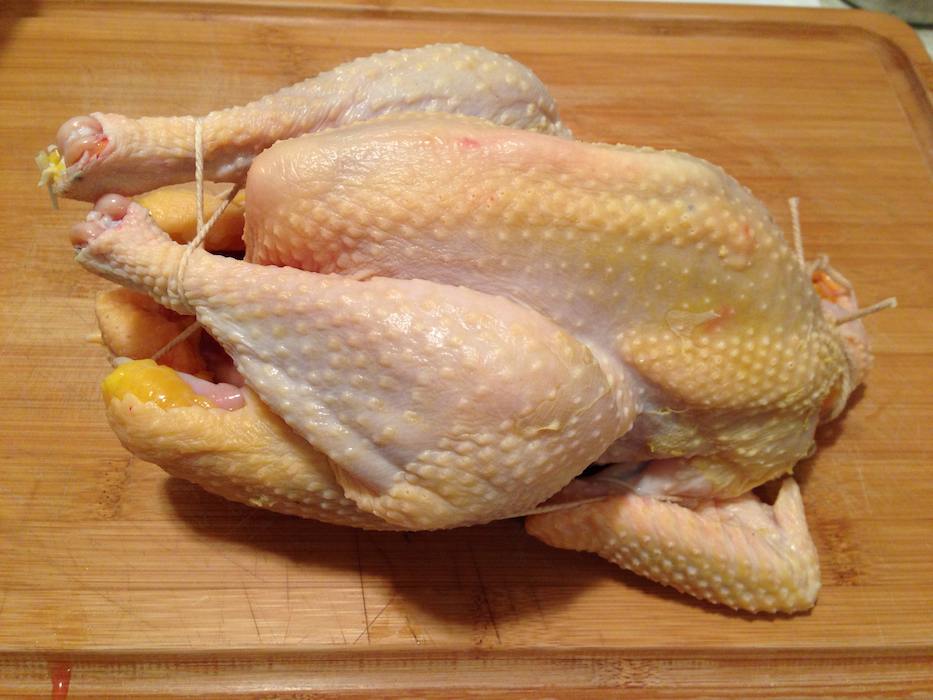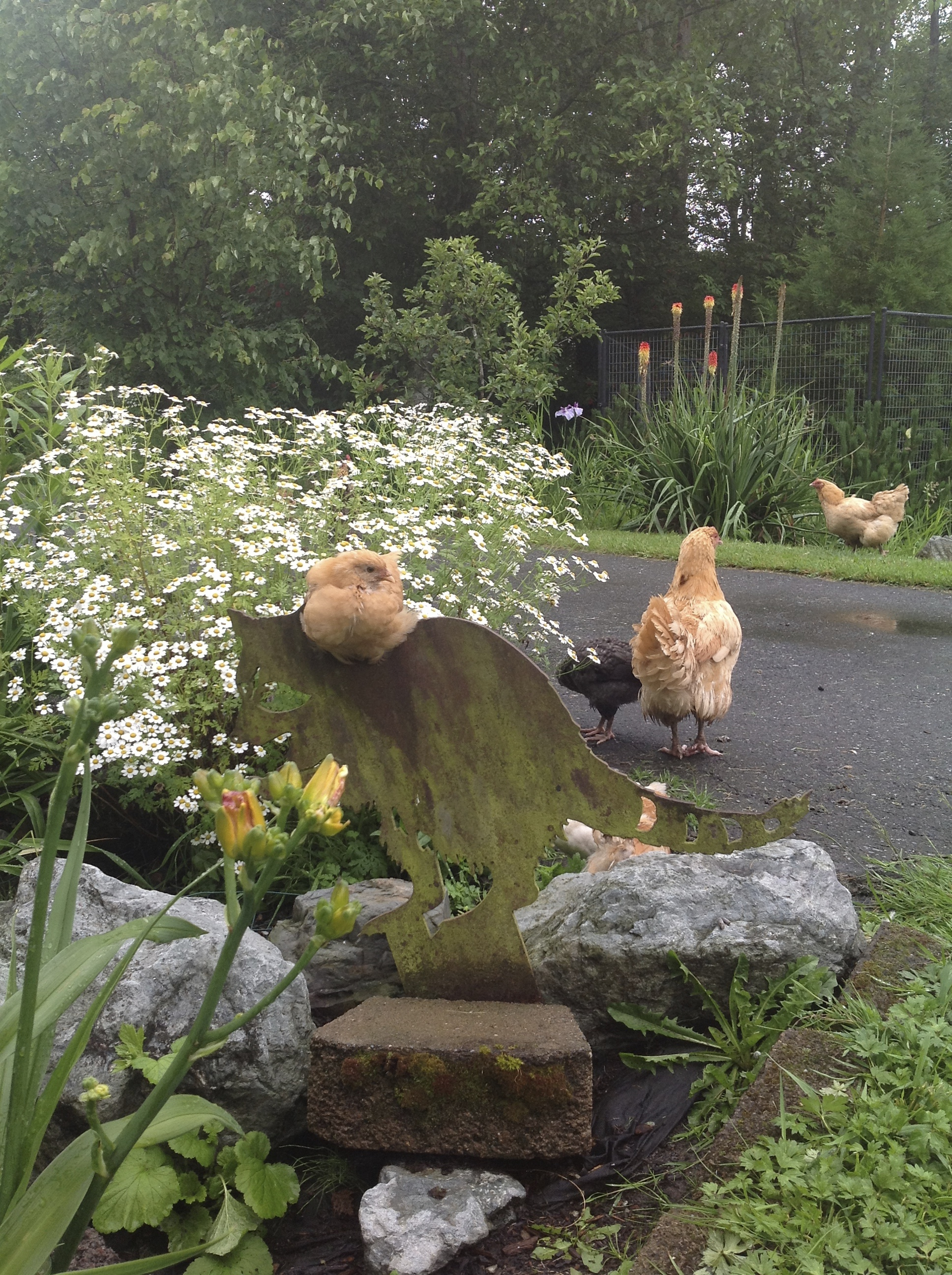This is one bean you probably won’t find in your store. The white beans are huge and delicious. Called Shirohana Mame 白花豆 in Japan, the name means White Flower Bean. The beans get that name from the beautiful white flowers of the bean plant.
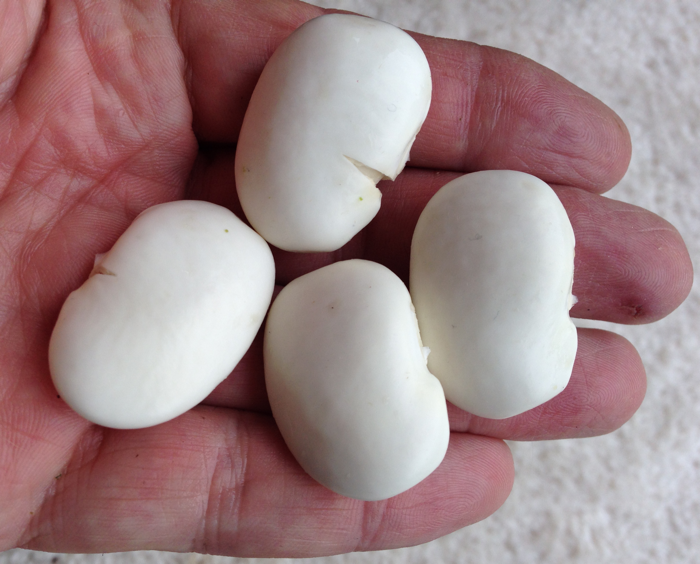
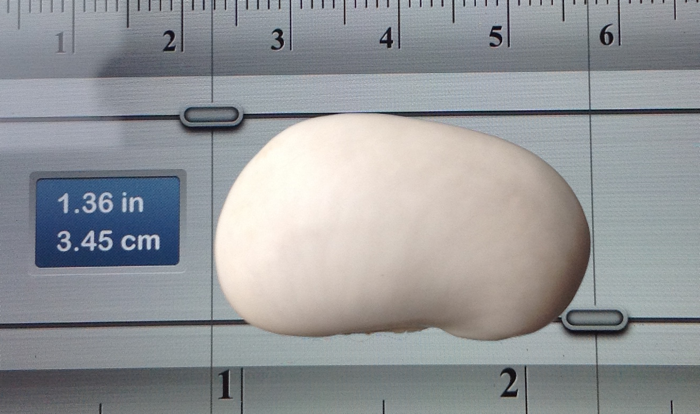
I’ve been growing this bean for a number of years, and this year I am planting 3,000 of them. I may even have some left over this fall if you would like to try them. The beans are a runner bean, Phaseolus cockiness, and grow on long vines. They are originally from Central America. In Japan they are cultivated where summers are cool in the mountain valleys of Nagano, Gifu, Tohoku and Hokkaido.
They aren’t a bean whose cultivation can be mechanized, which means they require a lot of hands-on work to grow. You have to grow them on poles and pick them by hand. This isn’t the type of food normal food channels want to deal with. So you’re left to find small farmers growing them with a lot of love. I don’t know of anyone in the US growing them on a large scale. By the time I have my 3,000 beans growing, I may have the largest Shirohana Mame field in the country. I’ll let you know this fall how mine did.
- 花豆 ~ 豆種協会
- 玉ねぎ 白花豆 北海道農業 『森谷ファーム』
- 白豆きんとん
- 白花豆の甘煮
- Shirohana Mame ~ Kitazawa Seed Company
